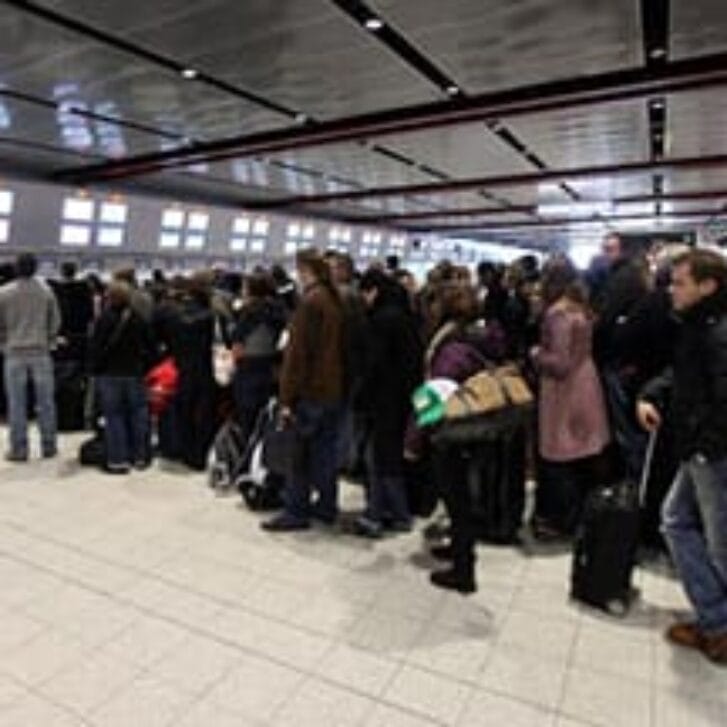Airports are economic engines. Study after study shows that airports, even relatively small ones, generate economic impacts in the hundreds of millions, if not billions, of dollars. However, this economic impact may not be felt in the local community as much as you would think.
Revenues earned by airports may not, pursuant to Federal Aviation Administration regulations, be used for purposes other than those related to the airport. This rule ensures reinvestment in airport infrastructure, which is constantly needed. “Revenue” includes everything from airline landing fees to the money an airport collects as its share of sales by food vendors, retailers and advertising concessionaires, among others. These concession revenues are usually the second or third largest nonaviation revenue stream to most large and midsize airports in the United States. While these revenues are put to good purpose, none of the airports’ share of earnings is carried directly into the local economy.
The share of revenue retained by airport concession operators, on the other hand, can boost a local economy-and local brands. The local economic impact of concessions is often not considered when an airport chooses how to manage its concession program, but perhaps it should be. The airports’ choice to use a concession developer or to directly lease individual concessions versus leasing concessions in packages primarily to large operators will dictate, to a great extent, the amount of financial impact the concession program has on the community.
The maximum local impact is felt when concessions are operated by local vendors. These business owners have often developed their brands over years of effort of operating in the community. Concession developers often lease significant portions of the concession programs they manage to such businesses. Large operators, on the other hand, after paying expenses, send their profits mostly to their home offices, some in the U.S. and some abroad. Far less money stays “at home” than would if the businesses were locally owned. When a local businesswoman operates a shop at the airport, she pays local taxes, lives nearby and likely operates other shops. She is invested in the success of her hometown to a greater degree than a company that is only there to do business at an airport.
Some large operators license local brands, paying companies to use their names. This results in a limited portion of the earnings staying local. While there are examples where licensing results in the great execution of a brand-for example, Phil’s BBQ and Stone Brewing Company, operated by High Flying Foods at San Diego International Airport-many brands have little resemblance to the local operations of the same name. Still other large operators create brands that sound local, but are simply labels slapped on generic shops. Take Fells Point Brew Pub, formerly located at Baltimore/Washington International (now BWI Marshall) airport. Fells Point is a wonderful section of Baltimore, but just placing the name of a landmark on a bar does not make a location local, nor does it keep funds in the community.
Airports, potentially on their own or with developer partners, can create an environment that enables local businesses to thrive, which results in more revenue staying in the community. San Francisco International Airport has a food service program recognized as one of the best in the U.S.-approximately 70 to 80 percent of the shops are locally owned and operated. Almost 50 percent of the concessions at Cleveland Hopkins International Airport are owned by small operators.
Money earned by local businesses at airports has the greatest impact on the host community. “Keep it local and keep it real” are words that airports can live by to ensure maximum impact.


























